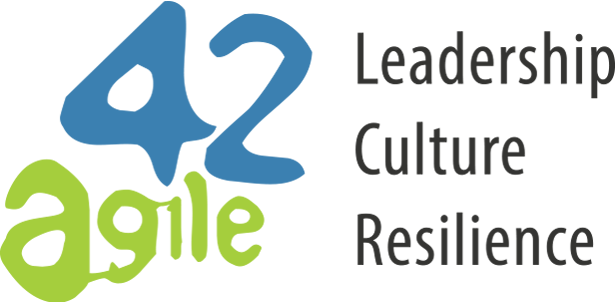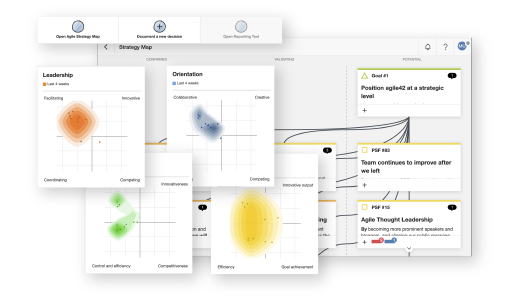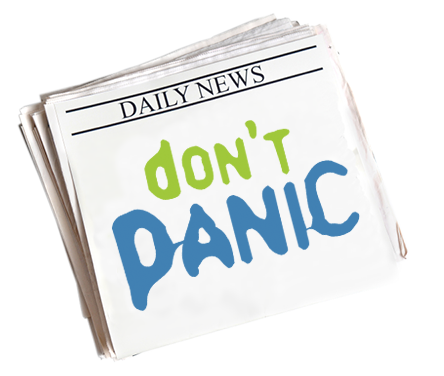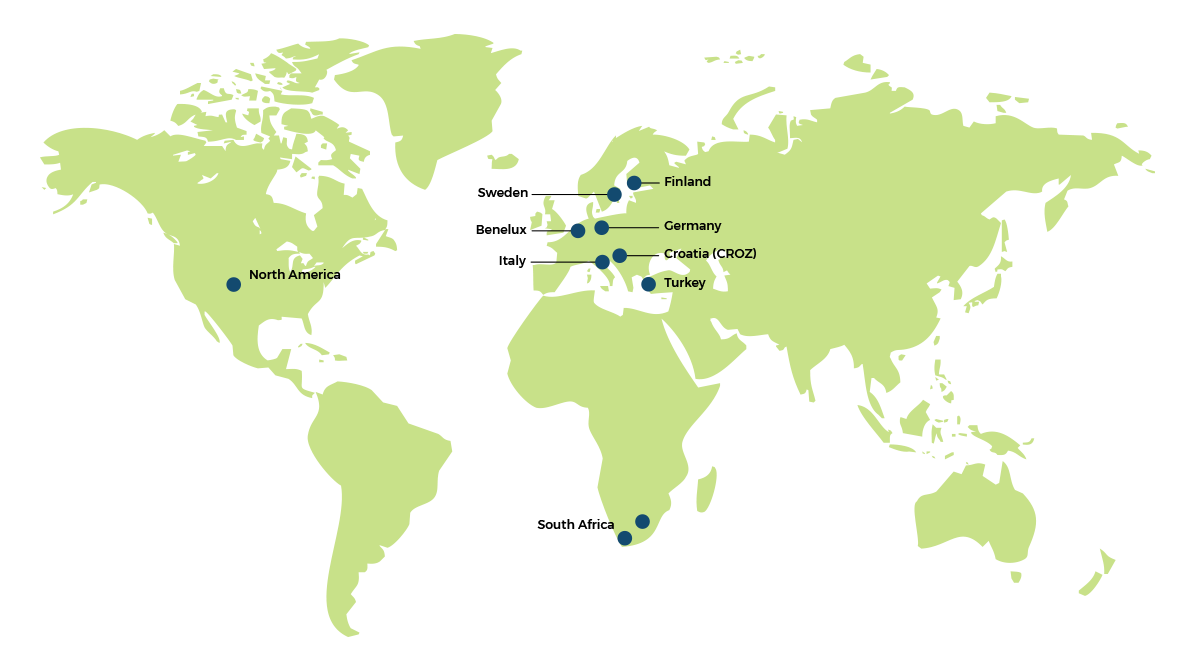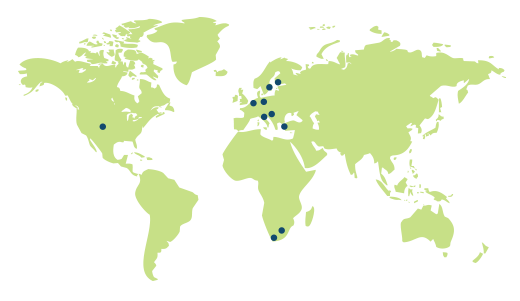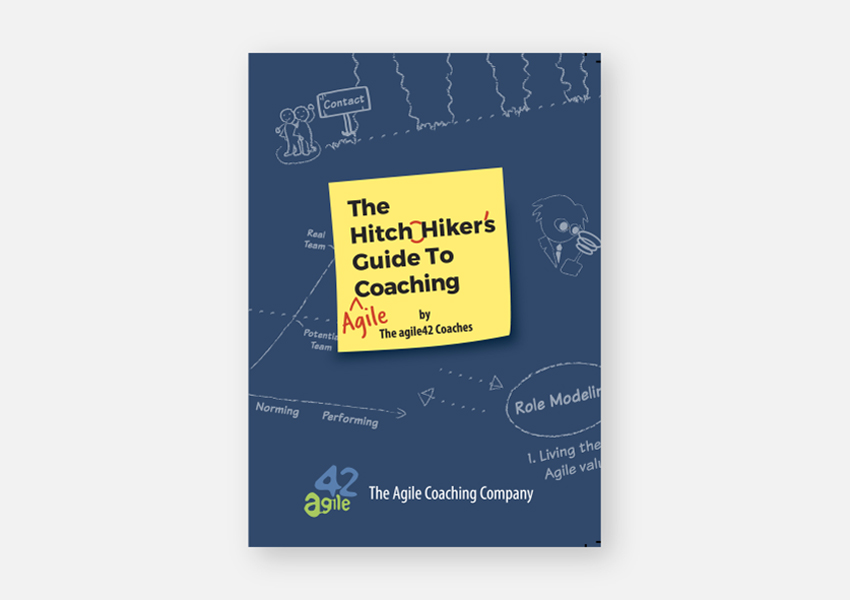Find out how powerful Scrum can be
Learning by doing, and failing. Do not underestimate any Story… it may cost you a lot! The Scrum Lego City brings you right to the point: You will experience what it means to be agile.
Material needed for the game
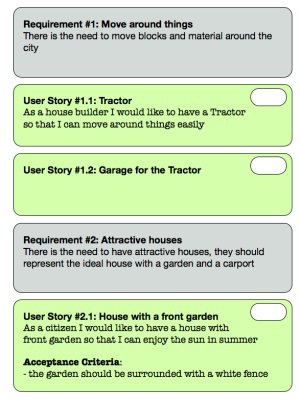
- LEGO, a lot, with plans (possibly CREATIVE boxes where you can build many things with the same blocks)
- Product Vision: a document containing the Vision to build the LEGO city
- Requirements and User Stories (Cards): pre-compiled Requirements and Stories related to various building and elements of the City
- Planning Poker Cards
- Whiteboard or electrostatic sheets to write sprint outcome and velocity and make a whiteboard for the team
- Post-It to write tasks
- Pen and whiteboard markers
- Unexpected (Cards): some cards containing unexpected behavior to steer from outside the Game (e.g: you are ill, you leave the team for 4 min.) Cards – contain also suggestions on what people should do in particular situations (e.g: Prepare the whiteboard with 3 columns, commit first to the items which have a specification cause are less risky).
Here you can download the User Stories for the Scrum Lego City Game.
Rule of Play
The goal of the Game is to simulate every aspect of the Scrum process learned in theory the day before. The Team and the Scrum Master will have to put in practice everything learned during the theoretical part.
The game will dedicate specific time to the various phases:
- 5 min. Preparation from the Product Vision for the Product Owner, includes sorting out the provided stories plus adding some own or enriching some of the
- 5 min. Product Owner presenting the Product Vision as well as a high level presentation of the Backlog, Teams can ask questions on stories or requirements
Here you can have (it is optional though) a release planning meeting session, where the team(s) focus in estimating as many stories as possible to have an initial idea of the Release Costs. This assumes that the Trainer guides the Product Owner in setting a reasonable Release scope (that can be adjusted anyway after every sprint).
5 min. Release Planning Meeting (optional), teams estimating stories from top to bottom
Now start with the first sprint planning meeting, and prepare to run 4 Sprints and execute as much as possible of the Backlog:
- 8 min. Sprint planning meeting, basically commit to some stories and make an initial task breakdown
- 8 min. Sprint
- 8 min. Review Meeting (showing the Product Owner what has been build)
- 8 min. Team Retrospective
This will be a 42 min. Sprint including the preparation the first time, which can be replaced with Backlog Refinement sessions of 5 min. + 5 min. from the second Sprint onwards.
At the end of the 4th Sprint the Product Owner should make the Release Review and together with the Teams analyze the results. Discuss the outcome of the whole Release cycle in comparison with the initial Vision and Goals
Outcome of the game
What are the goals of the game from a training perspective? We expect the people to experience the following:
Product Owner:
Learn to organize a Backlog properly, prioritizing what is more important first Learn to measure the Team velocity and based on that make decisions, and re-prioritize the Product Backlog Learn to negotiate with the Team about acceptance criteria and the deliverable
Team:
Experience self-organization and pressure given from the time-box Learn to communicate focused on the sprint goal Learn how to plan and organize tasks during a sprint Learn to estimate fast and precisely based on the experience Learn to measure performance and improvements Learn to deal with unexpected events
ScrumMaster:
Learn to moderate the meetings Learn to mediate between the Team and the Product Owner Learn how to deal with Impediments Learn how to coach and suggest improvements to the Team
Start with the product vision of the Scrum Lego City Game
To understand the vision of a product is the first important step in order to develop the product in the right way. This is why you need to give the vision to the whole Scrum Team at the beginning of the game.
Here is the vision we use…agile42 wants to build a website to present what can be done with LEGO bricks in only 20 min of time. You will have to use Scrum to prove that you can build a LEGO city with fully fledged buildings, cars and natural environments. The city needs to fulfill some specific criteria
PO: make clear that there are already some fixed and defined requirements and stories, and that you have prepared a backlog
At the end of 4 Sprint the city will be released to agile42, that will make a photo and post it on the agile42 Blog where everyone will see and vote, comment your results 🙂
When and how to use the Scrum Lego City
- Make sure that the basics of Scrum are known. Everybody needs to know e.g. relative estimation
- Focus on the Synergies Scrum brings out
- Respect the Creative Common Licenses
Scrum Lego City with agile42
You like to get professional help introducing Scrum and playing the game? Download our introduction to Scrum Lego City. The game is part of any agile42 Certified ScrumMaster (CSM) and Certified Scrum Product Owner (CSPO) 2-day training.
 This work is distributed free of charge under a Creative Commons Attribution- NonCommercial-ShareAlike 4.0 International License and it is the intellectual property of agile42 International GmbH. Shortly means you can use it for free, you can’t resell it and you are required to share any further modification with the same license format. Read more.
This work is distributed free of charge under a Creative Commons Attribution- NonCommercial-ShareAlike 4.0 International License and it is the intellectual property of agile42 International GmbH. Shortly means you can use it for free, you can’t resell it and you are required to share any further modification with the same license format. Read more.
